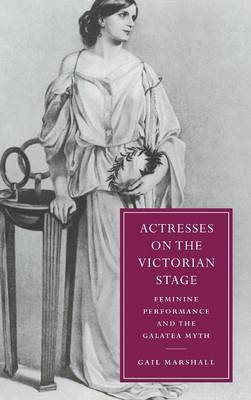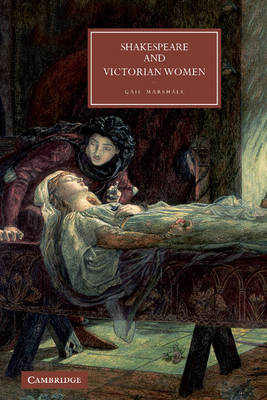Cambridge Studies in Nineteenth-Century Literature and Culture
2 total works
Gail Marshall argues that the professional and personal history of the Victorian actress was largely defined by her negotiation with the sculptural metaphor, and that this was authorized and determined by the Ovidian myth of Pygmalion and Galatea. Drawing on evidence of theatrical fictions, visual representations and popular culture's assimilation of the sculptural image, as well as theatrical productions, she examines some of the manifestations of the sculptural metaphor on the legitimate English stage, and its implications for the actress in the later nineteenth century. Within the legitimate theatre, the 'Galatea-aesthetic' positioned actresses as predominantly visual and sexual commodities whose opportunities for interpretative engagement with their plays were minimal. This dominant aesthetic was effectively challenged only at the end of the century, with the advent of the 'New' drama, and the emergence of a body of autobiographical writings by actresses.
Much has been written on the cultural significance of Shakespeare, his influence on particular periods, and his appropriation and subsequent transformation. However, no book until now has specifically addressed the nature of the relationship between Shakespeare and Victorian women. In this book, Gail Marshall gives an account of the actresses who played an essential part in redeeming Shakespeare for the Victorian stage, the writers who embraced him as part of the texture of their own writing as well as their personal lives, and those women readers who, educated to be alert to the female voices of Shakespeare, often went on to re-read Shakespeare for their own ends. Dr Marshall argues that women form a fundamental part of the narrative of how the Victorian Shakespeare was made, and that translation, rather than terms such as appropriation or adaptation, is the most appropriate metaphor for understanding the symbiosis between Shakespeare and Victorian women.

